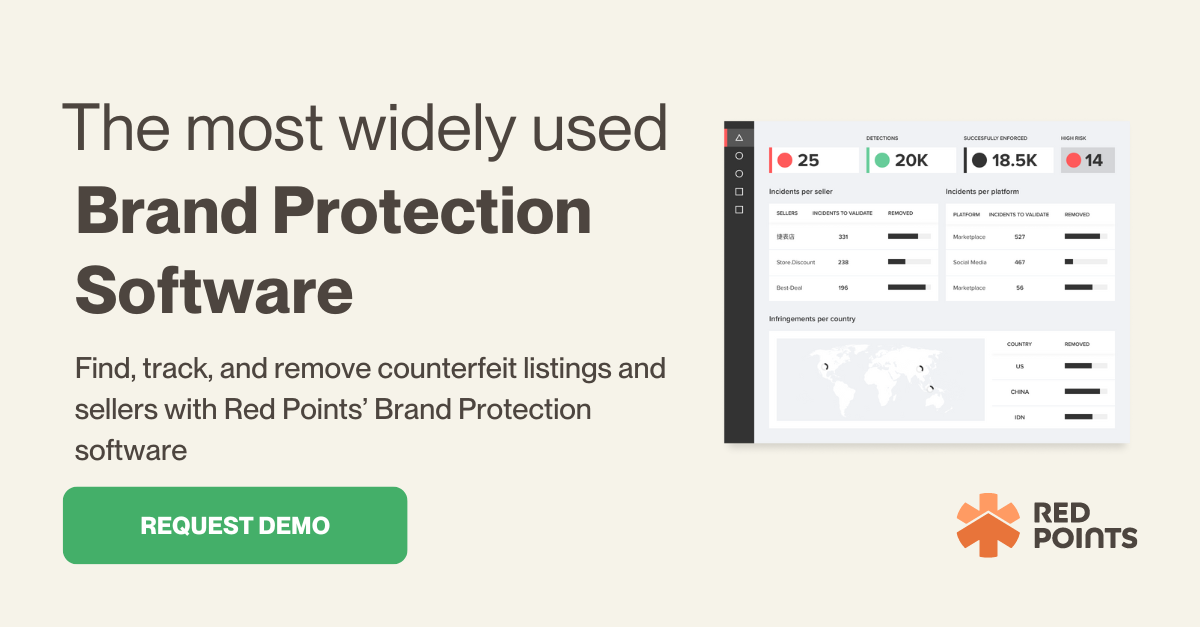The internet is full of articles on how to manage intellectual property but few answer the right questions. To ensure you get the information that you need, we sat down with Mark Richmond, the General Counsel for Dexas International, a US-based consumer goods manufacturer headquartered in the Dallas Fort-Worth area of Texas.
Mark has been with the company for about 13 years providing in-house counsel focused primarily on maintaining and enforcing Dexas International’s intellectual property portfolio.
The company manufactures home and office products like cutting boards and mixing bowls that are very commonly replicated. In his tenure, Mark has faced and solved several IP-related challenges.
Managing Intellectual Property: The Challenges
Like any other company, Dexas faced more challenges as it started to grow.
“Our product line expanded over the decades to include not just the kitchen products but also office and pet products in addition to our housewares business,” explained Mark.
The company didn’t just concentrate on features but also the aesthetic appeal of goods to stand out. This required more time and effort and while the trick proved to be a success it also attracted scammers.
“It quickly became evident to us that we would need to protect those (Aesthetic) elements from being copied by building a robust intellectual property portfolio consisting of copyright registrations, trademark registrations, but most of all, design patents,” he explains while going into detail into what the company had to do to prevent replicas from hitting the market.
However, despite the management taking proactive measures, the problem continued to grow as the product line and market share expanded and counterfeits started to enter the US from foreign soils. Soon, Mark was dealing with dozens of IP-related issues in a day.
This became too much for him considering the company “had no specific process for identifying infringers.”
Soon it became too much to handle for one person. Not only were they dealing with too many cases, but it was also getting more and more difficult to “find the infringer.”
Realizing that hiring more people wasn’t a suitable solution, Mark started to look for reliable ways to solve the problem and came across Red Points.
“A colleague recommended Red Points to us based on his experience,” recalls Mark while talking about how we helped solve the problem.
Brand protection software: a cost and time efficient solution
Mark knew that it wasn’t possible for ‘humans’ to be able to take care of all IP cases alone, especially with a large number of problems originating from other countries like China.
After talking to other people and testing solutions like Red Points, he realized that only a ‘smart tool’ could solve the problem.
Helps save time
According to Mark, it can take hours to manually identify and report complaints. Red Points allows employees to concentrate on other tasks and be more productive.
He believes that tools like Red Points are suitable for both big and small businesses.
Use data to support IP litigation and investigation
“Red Points kind of gave us a lot of data and information available to identify where a lot of our infringement problems were,” said Mark highlighting how online platforms don’t provide as much data meaning they have to rely on tools like Red Points to gather information.
Using data to identify trends to proactively take new measures
Mark explains how Red Points “gives you a lot of data about which territories seem to have the most problems, which websites are having the most infringing listings on there, and you can quickly get a picture of where your big problem areas are and where you need to allocate more time and resources to deal with the problem”
Since there aren’t many other platforms offering similar information, Red Points might be the only reliable option to identify trends.
Restore brand integrity
Counterfeit products don’t only eat into your profits but can also impact your brand reputation.
“If a handful of consumers get a counterfeit product that they think is yours and they leave a bad review on somebody’s e-commerce platform that can completely tank your product,” explains Mark.
This makes it even more important to safeguard your reputation.
Support product expansion strategy
Mark says that data provided by Red Points helped the company understand “where some of these infringers were coming from, which markets they were selling in,” he continued “we saw very quickly there are some markets that we weren’t currently selling in that seemed to be doing quite well with the infringing product.”
Such information can help a company decide what other markets to enter and the strategy to use to market its products.
Reduce costs and/or better align costs with corporate goals
A tool like Red Points helps save money and acts as a force multiplier. Such tools can handle hundreds of cases in a day. It would require dozens of people to process the same number of IP cases.
Evaluating the ROI of brand protection
Mark agrees that you don’t always know what data you need until you get it.
He believes that data provided by Red Points can be used by sales and marketing teams as well. This makes the ROI go even higher since it doesn’t only help protect brand image but also allows businesses to make more sales.
Mark believes that most companies need protection such as trademark registration and design patents to protect against counterfeits; however, that alone may not be enough. You can’t stop cheaters until you identify them, for which you’ll need the services of an Intellectual Property software.
Get to know our brand protection solution and learn more about how we can help you.







